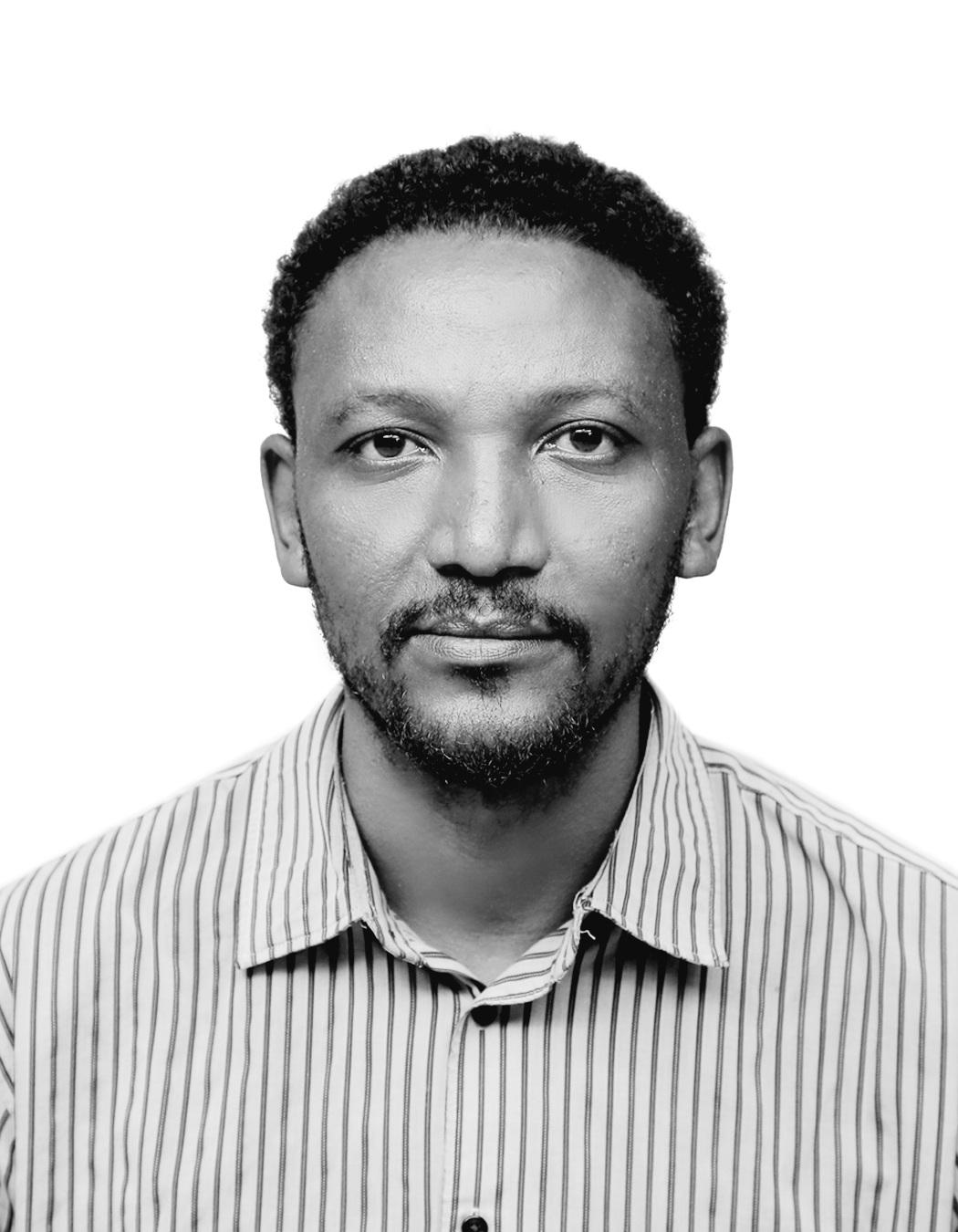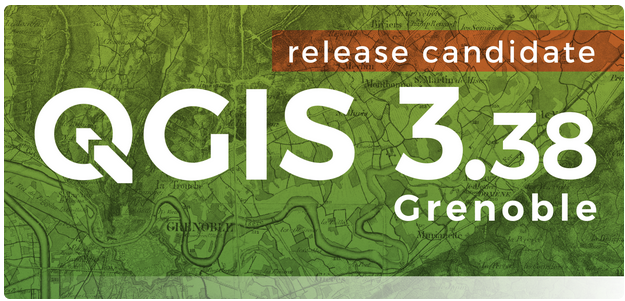
YOHANNES MULU
Welcome to the course! I’m Mr. Yohannes, a seasoned expert in GIS (Geographic Information Systems) and Remote Sensing with over 15 years of experience in the field. My career has been dedicated to harnessing the power of geospatial technology to make a positive impact in various sectors.
I bring a wealth of practical experience from working in diverse environments, including the development sector, humanitarian efforts, and educational initiatives. My journey in GIS and Remote Sensing has not only deepened my technical expertise but also enriched my understanding of information management and capacity building.
Throughout my career, I have had the privilege of contributing to significant projects that address real-world challenges. My work has involved designing and implementing innovative solutions to support sustainable development, improve humanitarian responses, and advance educational goals through geospatial analysis.
In this course, I’m excited to share my knowledge and insights with you, helping you explore the possibilities within GIS and Remote Sensing. I look forward to guiding you through the principles and applications of these powerful tools and sharing strategies that have been key to my professional growth.
Let’s embark on this learning journey together and discover how geospatial technology can be used to solve complex problems and drive meaningful change.


